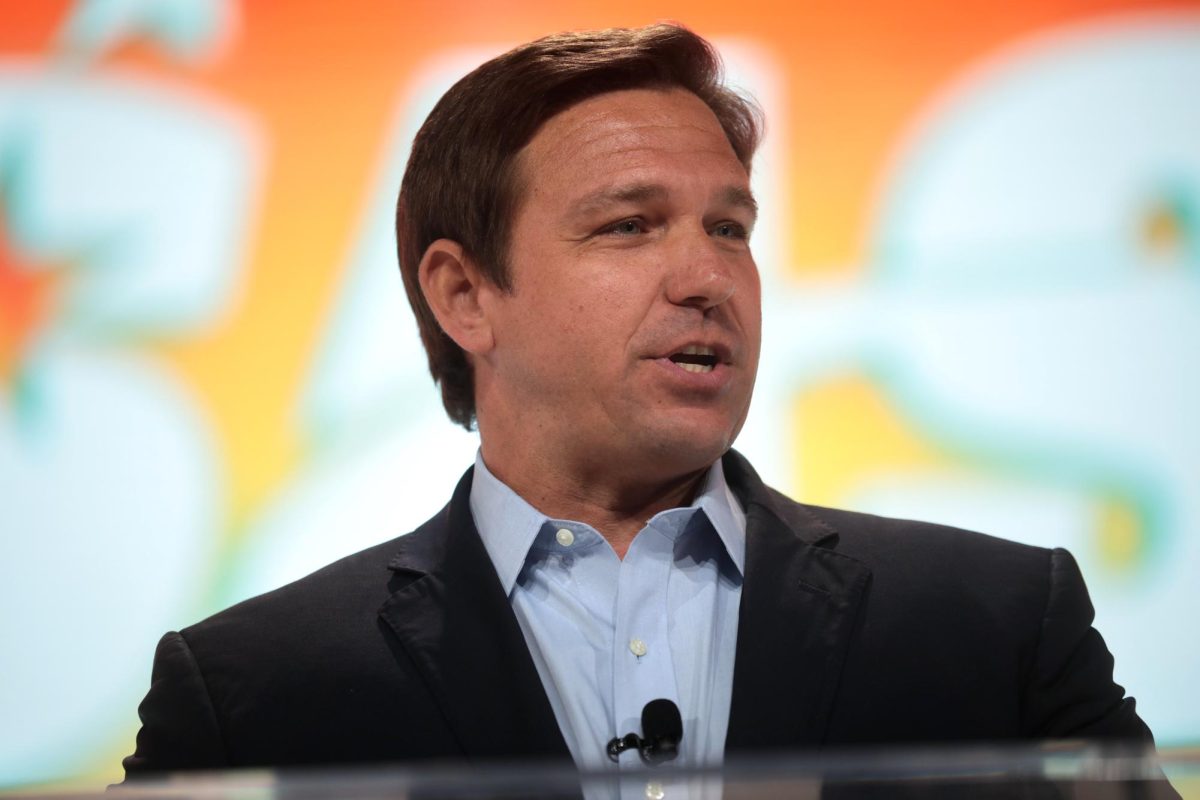
Anya Marquardt is a freshman English major and journalism minor.
Before the general elections this November, two types of preliminary votes are taking place: primaries and caucuses. Over the past few years, primaries have gained more popularity, and caucuses have been left in the dust by many states. Since 2016, multiple states have made the switch from caucuses to primaries.
The best move for political elections in the United States is to get rid of caucuses entirely. It is counterproductive to have two different types of preliminary votes, especially when one is already being used more than the other — the majority of states using primaries instead of caucuses.
Primaries are a method used by political parties to narrow down multiple candidates to the most favorable candidate in the state. They mock an actual election where voters go into a booth, vote for the candidate they desire and step out. As long as the lines are short, voters can be in and out in a matter of minutes. They can show up at whatever time they want within the margin given on the day of the primary.
Precincts easily report their results at the end of the day. Of course, like any type of polling, there can be errors. Voting machines are used in primaries, so while a technological malfunction is possible, this type of malfunction would not cause a breakdown even close to the severity of the issues with the Iowa Caucuses a few weeks ago. These primaries are much simpler due to the fact that they follow the same procedures as the elections in November do.
Caucuses, however, are much different, and more complicated. Caucuses have the same goal as primaries — to choose the state’s top candidate for a respective political party. Voters will gather in a room and will go to different parts of the room depending on which candidate they support. If the candidate does not reach a certain amount of support (usually around 15% of the vote), they have to realign themselves with another candidate who reached the threshold.
The results are then recorded by the respective state party, and then the results are sent to the state party. As you may be able to tell from the summary of this process, it is much more complicated than just checking off a box. Hence, they should be abandoned in favor of primaries because of how long and tedious the caucuses’ process is compared to a primary’s process.
It has also been statistically proven that more people show up to primaries than to caucuses. On average, primaries have a turnout rate 19% higher than that of caucuses. The point of these events is to poll which politicians hold the most support. It seems quite clear and simple to choose the method in which political party committees will have a bigger turnout, and to choose a method in which voters can vote for their first choice without worrying about changing their vote based on a threshold.
Caucuses only run for a few hours, and do not occur in local precincts, while primaries take place at local precincts and run for a longer stretch of time. Having these elections can make it easier for people to vote, as voters have jobs and other obligations. Also, voters cannot even choose their top candidate in a caucus setting if they don’t get enough support from other people in the same room as them, whereas in a primary, you choose your top candidate regardless of other voters’ opinions.
The Democratic National Committee has also been encouraging all states to follow primaries, as they are specifically run by the national government, whereas individual state parties decide their own rules for their caucuses, which could lead to consistency issues. These problems can occur because the differences in rules can keep results from matching up. For example, in most states with caucuses, including Iowa, only one candidate can be decided on. However, in Wyoming, voters rank the candidates instead of having to compromise on one candidate. Therefore, it is difficult to compare the results of the different caucuses.
Overall, simplicity can easily be chosen in the form of primaries, which are proven to do a better job in multiple vicinities, while caucuses only complicate the voting experience.


















